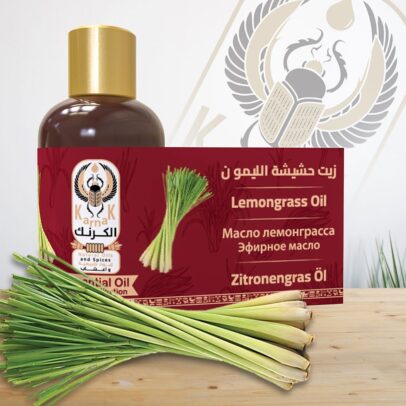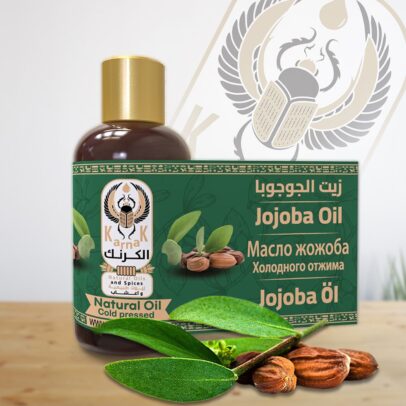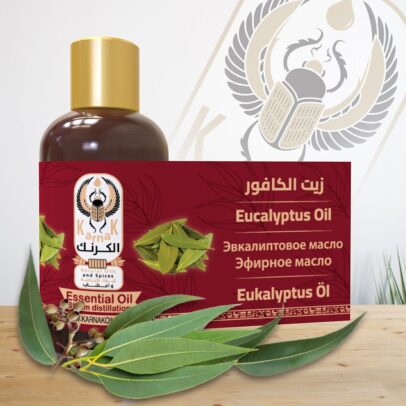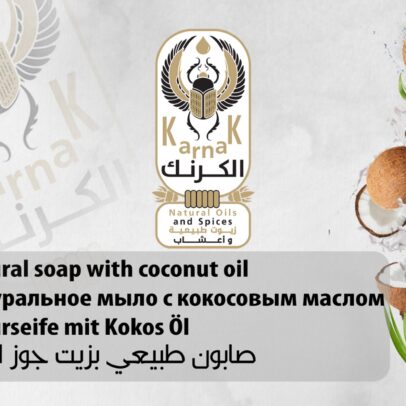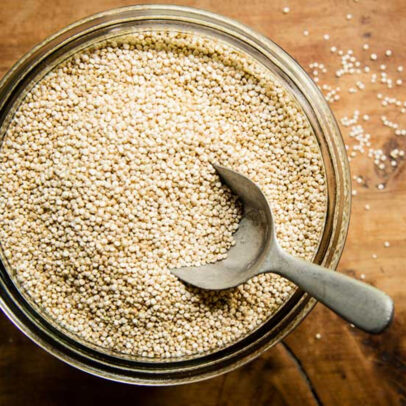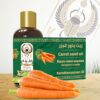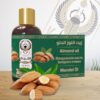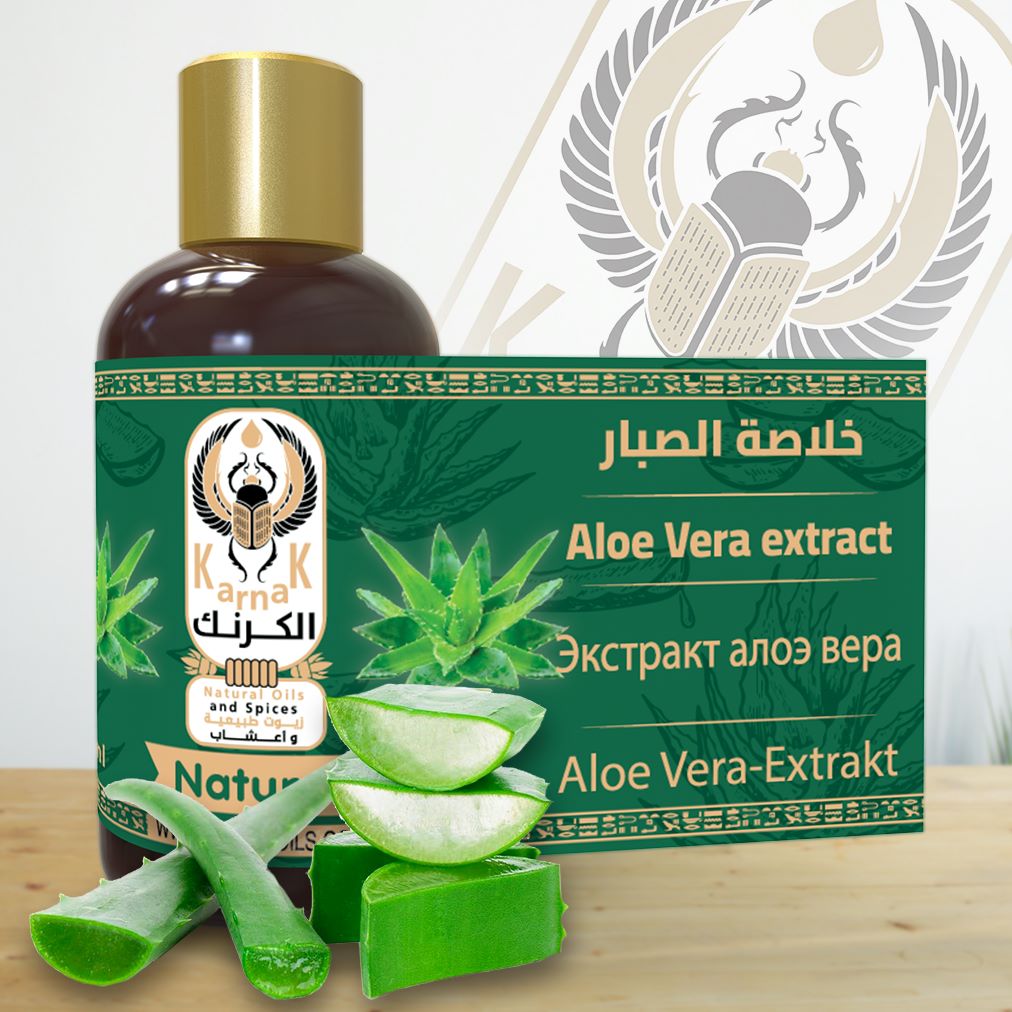Get 25% discount on your first order!

Aloe vera extraction
15.00 $ – 30.00 $
Add to cart
Sale!
15.00 $ – 30.00 $
Aloe vera extraction
- Scientific Name: Aloe barbadensis miller, Family: Liliaceae
- Parts used: Leaves
- Method of extraction: extract from leaves
- Appearance : colorless
- Purity: 100%
- Main active ingredients : Anthraquinones, Vitamins, enzymes, minerals, fatty acids and hormones.
- Main uses: Healing properties, protective effect against radiation damage to the skin, for sunburn, Anti-inflammatory action, Antiviral activity, Moisturizing and anti-aging effect, Antiseptic effect, for face and hair.
size
Choose an option
Add to cart
Buy Now
SKU: Karnak-N-10
Category: Natural oils
Tags: Anti-AgeingAntioxidantHair careMoisturisersSkin careUV barrier
Aloe vera grows mainly in the dry regions of Africa, Asia, Europe and America.
Aloe vera has been used for medicinal purposes in several cultures for millennia: Greece, Egypt, India, Mexico, Japan and China. Egyptian queens Nefertiti and Cleopatra used it as part of their regular beauty regimes. Alexander the Great, and Christopher Columbus used it to treat soldiers’ wounds.
The name Aloe vera derives from the Arabic word “Alloeh” meaning “shining bitter substance,” while “vera” in Latin means “true.” 2000 years ago, the Greek scientists regarded Aloe vera as the universal panacea. The Egyptians called Aloe “the plant of immortality.” Today, the Aloe vera plant has been used for various purposes in dermatology.
Active components : Aloe vera contains 75 potentially active constituents: vitamins, enzymes, minerals, sugars, lignin, saponins, salicylic acids and amino acids.
- Vitamins: It contains vitamins A (beta-carotene), C and E, which are antioxidants. It also contains vitamin B12, folic acid, and choline. Antioxidant neutralizes free radicals.
- Enzymes: It contains 8 enzymes: aliiase, alkaline phosphatase, amylase, bradykinase, carboxypeptidase, catalase, cellulase, lipase, and peroxidase. Bradykinase helps to reduce excessive inflammation when applied to the skin topically, while others help in the breakdown of sugars and fats.
- Minerals: It provides calcium, chromium, copper, selenium, magnesium, manganese, potassium, sodium and zinc. They are essential for the proper functioning of various enzyme systems in different metabolic pathways and few are antioxidants.
- Sugars: It provides monosaccharides (glucose and fructose) and polysaccharides: (glucomannans/polymannose). These are derived from the mucilage layer of the plant and are known as mucopolysaccharides. The most prominent monosaccharide is mannose-6-phosphate, and the most common polysaccharides are called glucomannans [beta-(1,4)-acetylated mannan]. Acemannan, a prominent glucomannan has also been found. Recently, a glycoprotein with antiallergic properties, called alprogen and novel anti-inflammatory compound, C-glucosyl chromone, has been isolated from Aloe vera gel.
- Anthraquinones: It provides 12 anthraquinones, which are phenolic compounds traditionally known as laxatives. Aloin and emodin act as analgesics, antibacterials and antivirals.
- Fatty acids: It provides 4 plant steroids; cholesterol, campesterol, β-sisosterol and lupeol. All these have anti-inflammatory action and lupeol also possesses antiseptic and analgesic properties.
- Hormones: Auxins and gibberellins that help in wound healing and have anti-inflammatory action.
- Others: It provides 20 of the 22 human required amino acids and 7 of the 8 essential amino acids. It also contains salicylic acid that possesses anti-inflammatory and antibacterial properties. Lignin, an inert substance, when included in topical preparations, enhances penetrative effect of the other ingredients into the skin. Saponins that are the soapy substances form about 3% of the gel and have cleansing and antiseptic properties.
Benefits:
- Healing properties: Glucomannan, a mannose-rich polysaccharide, and gibberellin, a growth hormone, increase collagen synthesis after topical application of Aloe vera.Aloe gel, not only increases collagen content of the wound but also increases the degree of collagen cross linking. Aloe vera application increases synthesis of hyaluronic acid and dermatan sulfate in the tissue which accelerate healing process.
- Effects on skin exposure to UV and gamma radiation: Aloe vera gel has been reported to have a protective effect against radiation damage to the skin. It reduces the production and release of immunosuppressive cytokines such as interleukin-10 (IL-10) and hence prevents UV-induced hypersensitivity.
- Aloe vera for sunburn
When UV radiation damages molecules in the skin, the immune system tries to repair the damage by releasing inflammatory proteins. These increase the size of blood vessels around the affected area, allowing more blood to enter. Chemical reactions lead to inflammation of the skin, causing damaged skin cells to peel away.
Aloe vera is a traditional herbal remedy that can help ease sunburn symptoms, reduce inflammation and help skin to regrow and cure itself.
Aloe vera works in a number of ways to treat sunburn:
- Reduces inflammation: Aloe vera has several ingredients that reduce the pain, redness, and swelling associated with inflammation from sunburn. First, aloe vera inhibits the cyclooxygenase pathway, which creates an anti-inflammatory effect. The plant also contains bradykinase, which reduces inflammation when applied topically.
- Stimulates collagen production: Aloe vera can improve the feel and appearance of sunburn through stimulating the production of collagen, which improves skin firmness, dryness, and elasticity.
- Moisturizes skin: Aloe vera contains substances called mucopolysaccharides, which are sugars that help retain moisture in your skin. It also contains 19 out of 20 known amino acids necessary for body, which soften hardened skin cells. Aloe vera also has high water content that helps hydrate the skin.
- Contains salicylic acid: Salicylic acid is both an anti-inflammatory and an antiseptic, which means it can ease pain while also preventing infection.
- Contains vitamins: Aloe has numerous vitamins, including vitamins A, C, and E, which are antioxidants that can neutralize free radicals to decrease sun damage.
- Anti-inflammatory action: Aloe vera inhibits the cyclooxygenase pathway and reduces prostaglandin E2 production from arachidonic acid. Recently, the novel anti-inflammatory compound called C-glucosyl chromone was isolated from gel extracts.
- Antiviral activity: These actions may be due to indirect or direct effects. Indirect effect is due to stimulation of the immune system and direct effect is due to anthraquinones. The anthraquinone aloin inactivates various enveloped viruses such as herpes simplex, varicella zoster and influenza.
- Moisturizing and anti-aging effect: Mucopolysaccharides help in binding moisture into the skin. Aloe stimulates fibroblast which produces the collagen and elastin fibers making the skin more elastic and less wrinkled. It also has cohesive effects on the superficial flaking epidermal cells by sticking them together, which softens the skin. The amino acids also soften hardened skin cells and zinc acts as an astringent to tighten pores. Its moisturizing effects has also been studied in treatment of dry skin associated with occupational exposure where using aloe vera improved the skin integrity, decreases appearance of fine wrinkle and decreases erythema. It also has anti-acne effect.
- Antiseptic effect: Aloe vera contains 6 antiseptic agents: Lupeol, salicylic acid, urea nitrogen, cinnamonic acid, phenols and sulfur. They all have inhibitory action on fungi, bacteria and viruses.
- Aloe vera for face: Aloe vera is rich in vitamins A, C, E, and B12.
Using aloe vera on the face has benefits because:
- its anti-inflammatory properties can reduce pain, swelling, and soreness of wounds or injuries
- it supports the production and release of collagen
- it can speed up wound healing time and limits scarring
- it reduces the healing time of first-degree and second-degree burns
- it is effective in treating fungal and bacterial infections
- it has an antioxidant effect that can help repair sun damage and slow down the aging process of the skin
- it protects the skin from the damaging effects of radiation therapy
- it contains 98% water, which helps moisturize, soothe, and hydrate the skin
- it helps to make the skin more flexible and supple, rather than stiff and leathery
- It has a cooling effect on rashes or sunburns
9. Aloe Vera For Hair
These are some of the benefits of aloe vera for hair:
Strengthens hair. Aloe vera has many active ingredients and minerals that can help strengthen your hair. It has fatty acids and amino acids and is rich in vitamins A, B12, C, and E. These play a part in healthy hair follicles.
For scalp and controls greasy hair. Aloe vera contains something called proteolytic enzymes which repairs dead skin cells on the scalp and break down any extra fats (sebum), it also acts as a great conditioner and leaves your hair smooth and shiny. It promotes hair growth, prevents itching on the scalp and reduces dandruff.
Protection from UV damage. A study found that fresh aloe vera juice offers protection from ultraviolet (UV) radiation that comes from the sun. UV exposure can cause your hair to lose its shine and color, and make it rough and less elastic, leading to breakage. The amount of protection from UV light depends on the type of hair.
Hair growth. Aloe vera contains aloenin, a primary factor in promoting hair growth; it improves hair health and lessens breakage, which contributes to hair growth. Also Aloe vera has a chemical composition similar to that of Keratin the primary protein of hair, ( Keratin consists of amino acids, oxygen, carbon, and small amounts of hydrogen, nitrogen, and sulphur).That provides the hair with its own nutrients, giving it more elasticity and preventing breakage.
Related products
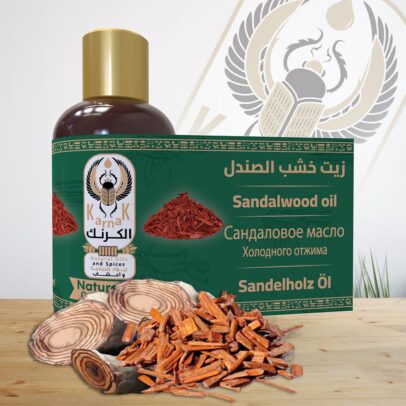
Select options
This product has multiple variants. The options may be chosen on the product page
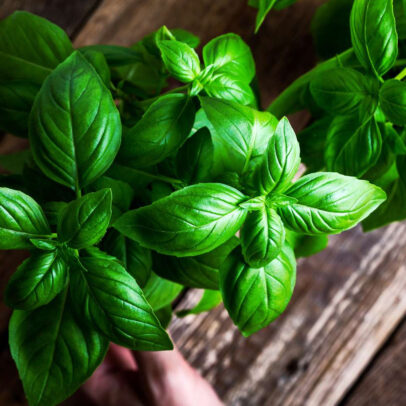
Select options
This product has multiple variants. The options may be chosen on the product page
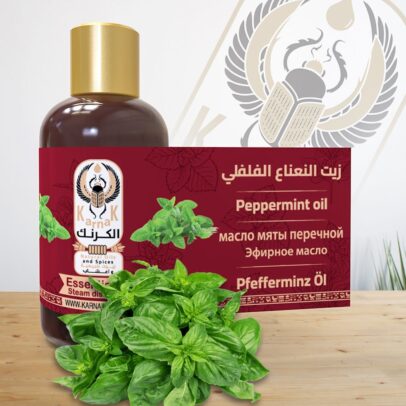
Select options
This product has multiple variants. The options may be chosen on the product page
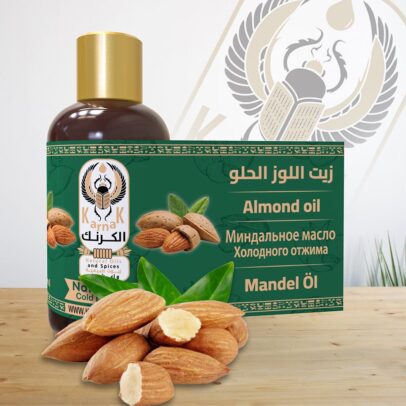
Select options
This product has multiple variants. The options may be chosen on the product page
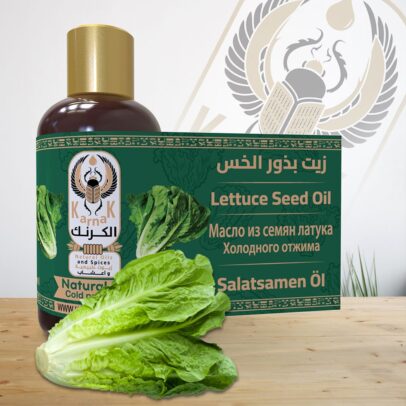
Select options
This product has multiple variants. The options may be chosen on the product page
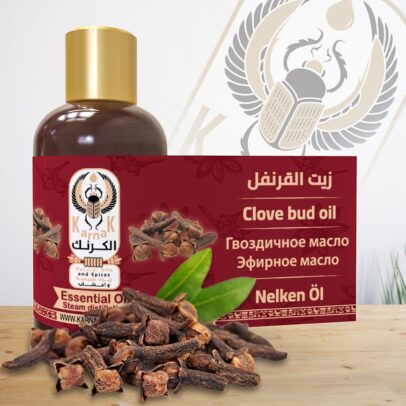
Select options
This product has multiple variants. The options may be chosen on the product page

Select options
This product has multiple variants. The options may be chosen on the product page
Natural soap with Frankincense (Boswellia) oil

Select options
This product has multiple variants. The options may be chosen on the product page


